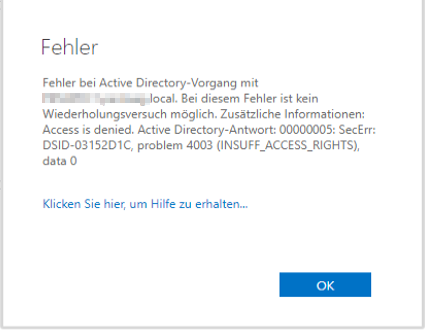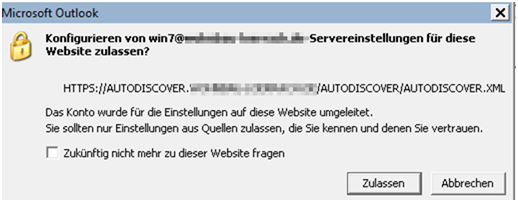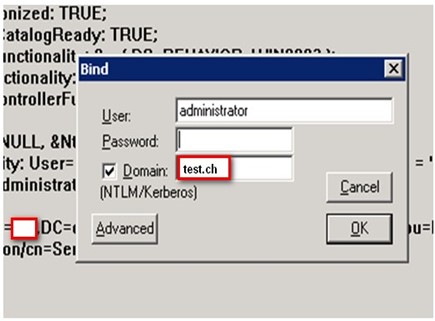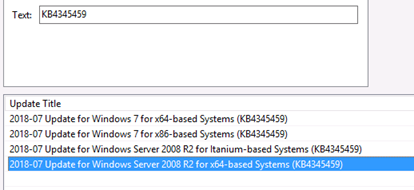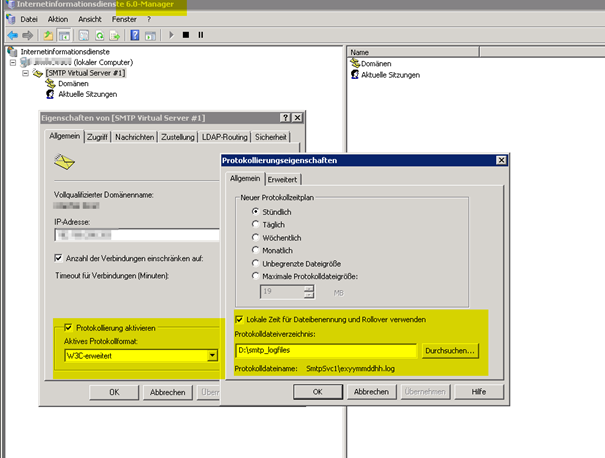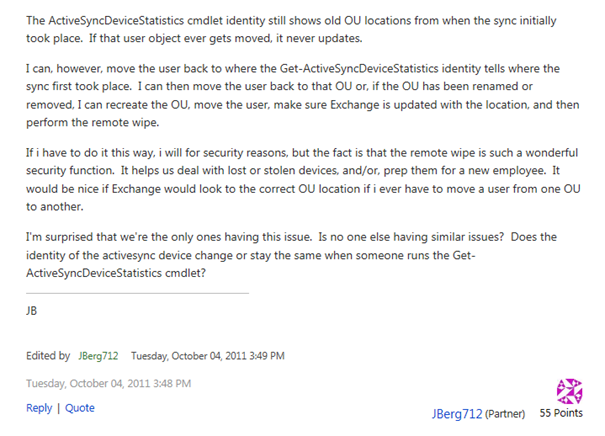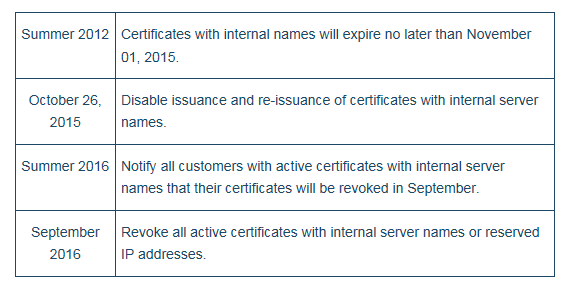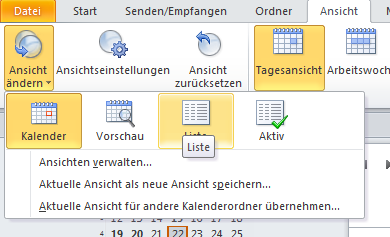Unable to delete Exchange Mailbox DSID-03152d1c, problem 4003 INSUFF_ACCESS_RIGHTS
ERROR: You want to delete a Exchange MAILBOX of a user. The user account is decativated. Crypt error: 0000005: SecErr: DSID-03152d1c, problem 4003 (INSUFF_ACCESS_RIGHTS), data 0 This is because a local normal employee user has the ADMINSholder/adminCount flags set to 1/true. (Which is not good in Domain Environments) This is because the Active […]
